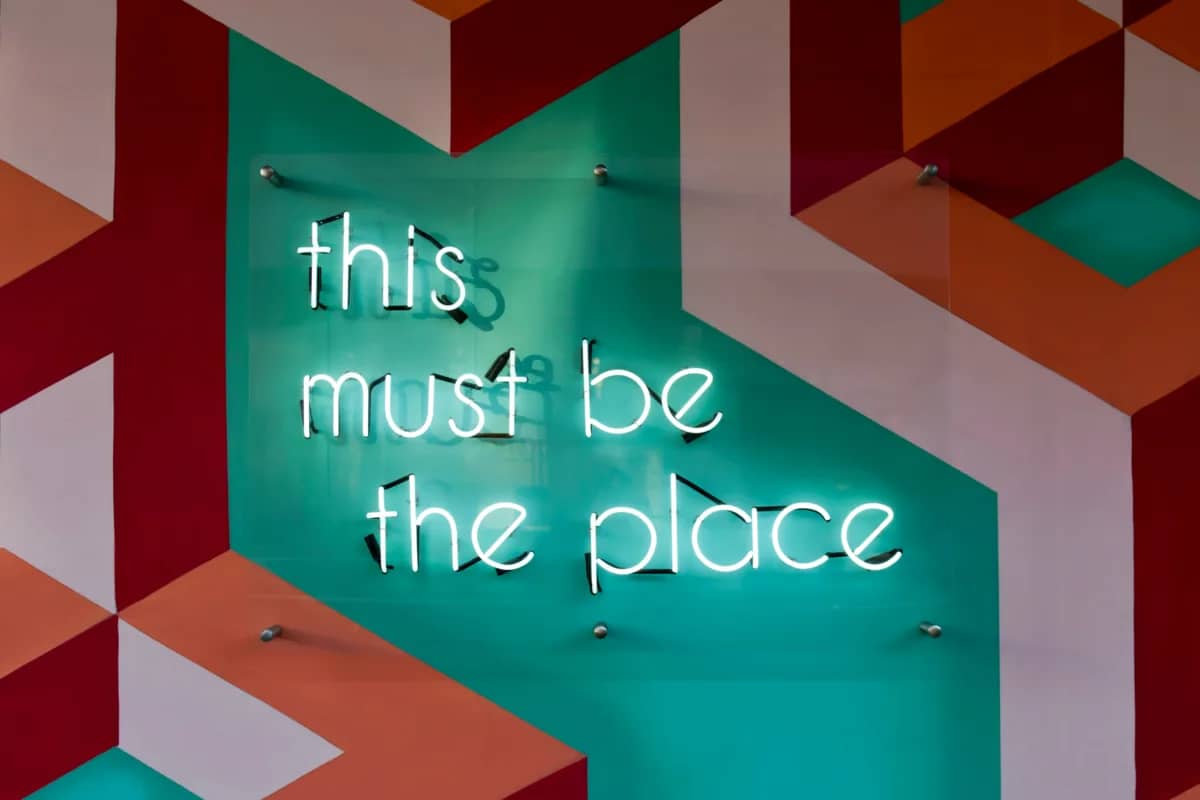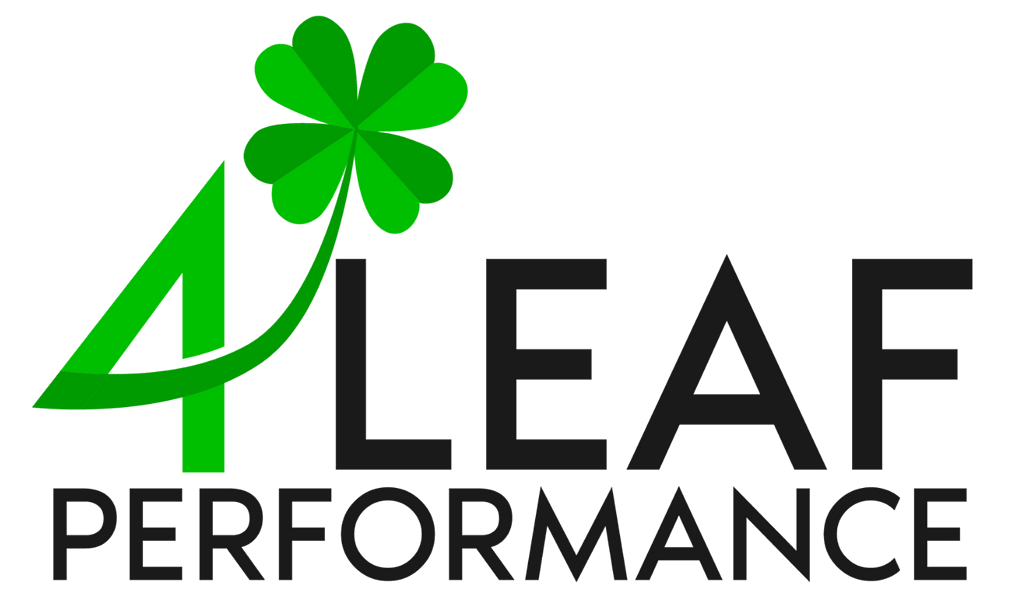Hiring the right people is crucial to the overall success of a company. But navigating the complexities of good employment practices isn’t easy. Andrew Lamb, the owner of 4 Leaf Performance, a WHY.os Certified business coaching company, recently sat down with Des Ryan to discuss this very topic.
Des, with his extensive background in executive leadership across Europe and his hands-on experience in hiring for numerous organizations, brings his expertise to the table.
Employment Practices: How to Hire the Best Employees
Andrew Lamb of 4 Leaf Performance and business coach Des Ryan dissect the art of finding the right fit for your team through their expert insights on the best employment practices.Evaluating the Candidate
Identifying Key Competencies
Identifying key competencies in potential candidates, in good employment practices, begins well before they step into the interview room, as Des emphasizes in his interview:
“Okay, so, I think looking at key competencies, I want to start even before the interview, to be honest with you, because there are a couple of key questions to identify before you get into that. Is it a new role? Is it a replacement role? Have you got any past experience to judge what type of individual you’re looking for to join the business? What type of competencies are you looking for? It’s obviously easier if it’s a replacement because you’ve got a bit of history there.
The other thing I want to look at really would be how good were the job specifications. Like, are the roles and responsibilities really clear before we sit down with someone to talk about the job that we’re looking for them to do? After that, it’s down to asking the right competency-based questions.”
Make sure the job specifications are clear. Then you can start crafting the competency-based questions.
“I think it’s about the quality of the questions you ask will give you the quality of the answers you’re looking for. And I suppose, what kind of performance indicators are you looking to measure, and what kind of competencies are you looking to really explore during the interview process? So, lots of things to consider there when you’re looking at competencies because they cover such a vast array of areas for people coming in and sitting in an interview process.”
Balancing Hard and Soft Skills
Every position certainly comes with their own requirements for hard skills to be able to perform their duties effectively. Beyond the technical expertise and hard skills that a candidate brings to the table, Des instead focuses on the soft skills.
“I like putting real-life situations and scenarios into the questions. I also look at past experiences, like how good are they at handling conflict, for example? How good are they at managing relationships with people, people above and below them? So, managing upwards and downwards. All that, those are the kind of soft skills that I would look for more in an interview process with a candidate, especially in the initial stage.”
This approach to evaluating soft skills will tell you of a candidate’s ability to integrate into the fabric of an organization. Good employment practices consider not just how well employees can perform their tasks but also how they contribute to the overall harmony and efficiency of the team.
While technical proficiency may open the door to an opportunity, it’s the soft skills that often determine a candidate’s long-term success and fit within a team.
Cultural Fit and Company Values
Assessing a candidate’s alignment with a company’s culture and core values is a critical step in the hiring process, one that Des Ryan emphasizes strongly. These mismatches often occur not in the skill set but in the alignment of values.
“Where we generally fall down with people is where they do stuff that’s at odds with our values”
To mitigate mismatches, Des Ryan advocates for a proactive approach to communicating the company’s values to potential candidates in your employment practices.
“What I advise people to do is send your candidates your core values, send your candidates what your culture is, your core points of culture. So, let them know in advance that they’re important to you. And then ask them about them during the interview process.
You’ve seen our core values, you’ve seen our points of culture, what’s your favorite ones? It shows a couple of things. It shows, number one, that actually they’ve done a little bit of homework before they come into you and looked at the information you’ve sent them, which says a lot anyway.
But then, it also gets them to select some of the core values. And not only just pick a core value, but why does that core value resonate with you and why is that core value important to you?”
By integrating the company’s core values into the hiring process in this manner, organizations can significantly enhance the likelihood of finding candidates who not only possess the necessary skills but also embody the values and culture that drive the company forward. This alignment is crucial for building cohesive, high-performing teams that thrive on shared principles and goals.
Subtle Indicators of Cultural Fit
Sometimes candidates may be great at faking their fit into the company. Some non-verbal cues could point to their true alignment as Des Ryan shares:
“It could be a shift in someone’s body language. It could be their tone or their pace changes…when someone’s excited about something, you can tell that they’re excited because again, their pace changes or their tone changes, or they perk up or they sit up in a chair and you can see how much it means to them. And I think small little things like that tend to give you the best kind of assessment of whether someone is aligned or not.”
These subtleties can often provide a more authentic gauge of alignment than scripted responses. Recognizing and interpreting these subtle cues requires a keen sense of observation. Interviewers who can attune themselves to these nuances are better equipped to discern whether a candidate’s personal values and work style resonate with the company’s culture.

Tools and Methods for Assessing Fit
There are many tools you can utilize in your employment practices to assess a candidate’s fit. These tools can provide a structured and objective framework for understanding how a candidate might integrate into the team and contribute to the company’s goals. As Des shares:
“The Why Discovery is something which assesses people from the early stage as to why they do stuff and how they do it and ultimately what they bring to an organization. Use the tools that are available to you.”
He also shares some other traditional methods of assessment:
“The amount of people who don’t do reference checks even though there is a name there and sometimes it’s the lack of information you get from a reference check is telling.”
“You can always offer trial periods and internships to assess their fit, but also it gives them the opportunity to assess your fit. Does your opportunity currently fit their plan or their roadmap?”
This reciprocal evaluation process benefits both the employer and the candidate, ensuring a mutual fit that aligns with both parties’ goals and expectations.
Leveraging Technology in Hiring
“Interestingly, I was talking to a guy earlier this morning, and he was talking about VR, virtual reality, and how that is going to change how we engage with people. And how we could virtually put someone into an interview room with a panel, for example, and it’s a person sitting on their own at home or sitting in an interview pod suddenly surrounded by three or four people virtually.”
The digital revolution has undeniably transformed the landscape of employment practices, introducing innovative tools and technologies. And it’s not just Virtual Reality that may come into play in modern employment practices that can help streamline the process and enhance decision-making.
“So, I think AI and the use of algorithms, digital assessment tools, there are lots of them out there which can be used now. And data – like, we talk about data a lot in business, but certainly the use of data to make decisions on recruiting people, we can’t ignore it. There are lots of assessment tools out there, whether it’s DISC or Myers Briggs or the Why Discoveries. There’s so much information out there. There’s so much data we can gather before we make a decision. So, I just think that let’s use it as much as we can to help us make the right decisions.”
Measuring Long-term Impact on Team Dynamics
Understanding the long-term impact of a new hire on team dynamics is crucial for sustained organizational success. Des Ryan advocates for a hands-on approach by involving the existing team in the recruitment process.
“Another thing that I like to do is involve the team in the recruitment process, like panel interviews. And at the end of the day, your team are sometimes the hidden treasure of information they know the ins and outs of working in the business and are often the best placed to identify who would be a good fit and who may not be the right fit.
And ultimately they’re the ones who are gonna be working shoulder to shoulder with them anyway. So why not make sure that they’re involved in the process at the start.”
The team’s involvement in hiring decisions also fosters a sense of ownership and camaraderie from the outset. This approach not only helps select a candidate who aligns with the team’s dynamics and values but also promotes a more seamless integration into the team.
“Another metric is your retention rates. Ideally, what you’re looking for when a candidate joins your business, ideally what you’re looking for is for that candidate to literally rip up their CV when they’re employed by you because they’ve found their home.
You know, as much as you’re looking for the right fit in a candidate, you gotta make sure that your candidate has found their right fit…you’re looking for the right candidate, yet how do you know that you’re the right option for these people coming into your business? Maybe your retention rates are telling you something that you don’t want to know.”
Des urges businesses to always practice introspection to continuously assess and improve their workplace culture to ensure they remain an attractive and fulfilling place for talent to thrive.
Upholding Excellence in the Workplace
So often the focus recruitment often falls on the candidates’ qualifications, competencies, and cultural fit. However, an equally crucial aspect of this process lies in the standards and practices upheld by the employers themselves.
This expectation also establishes a foundation of mutual respect and understanding, essential for fostering a productive and positive workplace environment. Employers who set high standards for themselves in terms of organizational ethics, employee engagement, and continuous improvement not only attract top talent but also retain it.
Minimizing Unconscious Bias
Unconscious bias in hiring can inadvertently influence decisions, leading to less diverse and potentially less effective teams. Des Ryan addresses this issue:
“Bias in an assessment can be dangerous…you need to have a diverse interviewing panel. Because diversity, equality in the workplace is becoming so important right now on the inclusion side of it.”
A diverse interviewing panel brings a multitude of perspectives, experiences, and thought processes to the table. Different backgrounds and viewpoints help to challenge preconceptions and stereotypes that might otherwise go unexamined in a more homogenous group. Des Ryan elaborates:
“Having a diverse interview panel stops there being biases at any stage of an interview process and then having a structured interview process, which everybody sticks to.”
In addition to diversity in the interview panel, Des advocates for a structured interview process as a critical tool in minimizing bias. A standardized set of questions and evaluation criteria ensures that all candidates are assessed equitably, based on their responses and qualifications rather than subjective impressions. This structure not only helps in reducing bias but also in making the interview process more efficient and focused.

Enhancing Candidate Experience Protecting Your Brand
“I think it’s so important to give feedback. And the amount of people who hear nothing back is embarrassing from a business perspective…because let’s be honest, not everyone who comes for an interview with you is gonna be a fit. But at least do them the courtesy. They’ve turned up for you, they’ve taken the time out of their day, out of their calendar to at least turn up for you. And the best thing to do is at least give them a bit of feedback. And hopefully, be as constructive as possible.”
Des argues that this approach not only demonstrates respect for candidates but also reinforces the company’s reputation as a considerate and professional employer. Echoing this sentiment, Andrew Lamb draws attention to the long-term implications of the candidate experience on the company’s broader relationship with the public.
“I always like to remind people that potential candidates could be potential customers in the future. So how would you like to be treated? You’ve got to be setting a good example because what happens if they become a potential customer in the future?
If they’ve had a negative experience, what’s to say that individual being a customer in the future may just go, “No, I had an interview with those people. They never got back to me. Why would I do business with them?” So treat them with respect. Treat them with dignity.
Give them the feedback, constructive feedback. Give them some areas maybe to improve on for the next one. Add value to them. They’ve spent their time. It’s valuable. So give them some value back.”
Strategic Hiring: Mastering the Art of Building Successful Teams
From the initial stages of identifying key competencies to the assessment of a candidate’s fit within the company culture, each step in the hiring process demands careful consideration and strategic planning.
As business owners, it’s always a challenge to implement the modern workspace. Consider tools like our Why Discovery tool to help support you in understanding the underlying motivations and potential contributions of your candidates.
For businesses looking to elevate their hiring strategies, consider our business coaching services so we can help you refine employment practices, ensuring you not only attract but also retain the top talent necessary for your business’ success.
Whether you’re looking to enhance your understanding of your candidates’ motivations with the Why Discovery tool or seeking to optimize your overall employment practices, 4 Leaf Performance is ready to assist in your journey towards building successful, dynamic teams.
Take the first step towards transforming your hiring practices and achieving your organizational goals by exploring how 4 Leaf Performance can tailor their expertise to your unique needs.



